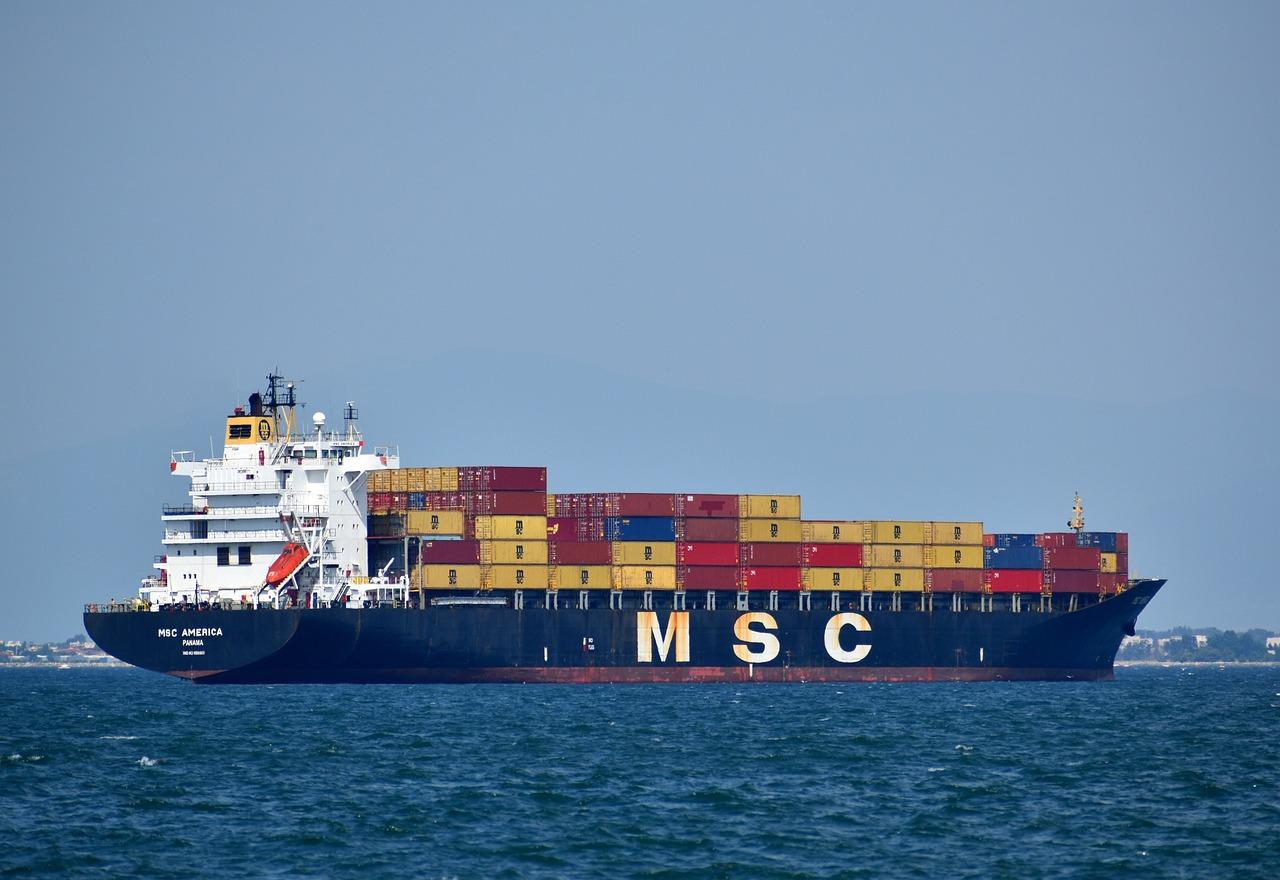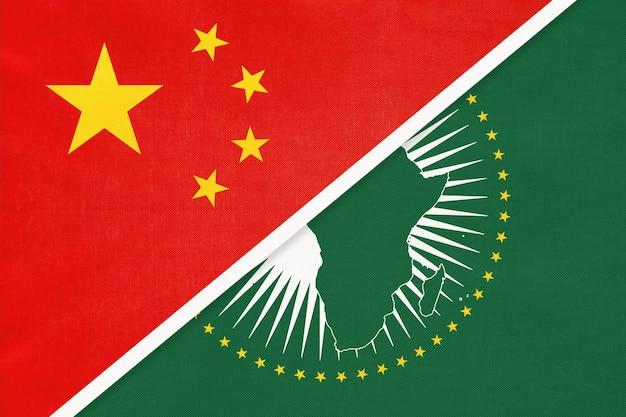Introduction
Migration is as old as humanity—and in Africa, it is both a historical constant and a contemporary driver of transformation. People move in search of work, safety, education, and opportunity. Yet public discourse and policy debates around immigration often emphasize risk—irregular migration, brain drain, and cross-border insecurity—rather than recognizing its potential to boost development, strengthen integration, and foster resilience.
Africa is unique in its migration patterns. Contrary to popular narratives, the majority of African migration occurs within the continent. According to the African Union and the International Organization for Migration (IOM), nearly 80% of African migrants remain within Africa, with millions moving across porous borders in search of seasonal labour, refuge, family reunification, or trade. These patterns reflect the continent’s economic disparities, political instability, climate shocks, and demographic trends.
This article explores the complex realities of immigration in Africa—its drivers, challenges, and opportunities—and calls for a more balanced, forward-looking approach that centers human dignity, regional cooperation, and sustainable development.
The Landscape of Immigration in Africa
Africa is both a source and destination of migrants. It hosts more than 25 million international migrants—ranging from refugees and asylum seekers to skilled professionals, traders, and students. Migration occurs within and between regions such as ECOWAS, SADC, EAC, and IGAD, each with their own dynamics shaped by geography, colonial history, and socioeconomic conditions.
Some countries, like South Africa, Kenya, and Côte d’Ivoire, have become major migration destinations, attracting workers from neighbouring states. Others, like Nigeria, Ethiopia, and the Democratic Republic of Congo, are both origin and transit countries. Migration within Africa is often informal, circular, and deeply embedded in cross-border cultural ties.
Conflict and persecution continue to drive displacement. Ongoing crises in Sudan, Somalia, Ethiopia, the Sahel, and the Great Lakes region have produced large numbers of refugees and internally displaced persons (IDPs). Climate-related shocks—such as drought, desertification, and flooding—are also emerging as key push factors, forcing pastoralists, farmers, and vulnerable populations to move in search of survival.
At the same time, growing numbers of skilled professionals, students, and entrepreneurs are migrating to cities or across borders for economic advancement, contributing to innovation, remittances, and knowledge exchange.
Key Challenges in African Immigration
- Irregular Migration and Border Management
Many African migrants move without formal documentation due to the lack of accessible, affordable legal pathways. This exposes them to exploitation by smugglers, trafficking networks, and corrupt officials. Border controls are often weak, poorly resourced, or inconsistent—resulting in arbitrary enforcement and insecurity. - Xenophobia and Social Tensions
Migrants in destination countries frequently face discrimination, violence, and scapegoating—especially during periods of economic downturn or political instability. In countries like South Africa, xenophobic attacks have flared up periodically, targeting African migrants perceived as competitors for jobs or services. - Lack of Legal Protections
Few African countries have comprehensive migration policies or robust legal frameworks to protect the rights of migrants, refugees, and asylum seekers. Many migrants work in the informal economy, where they face poor working conditions, wage theft, and limited access to healthcare, education, or justice. - Brain Drain and Skills Flight
The emigration of skilled professionals—especially health workers, engineers, and academics—continues to deplete national talent pools. This trend is exacerbated by underinvestment in public services, limited career opportunities, and weak retention strategies in home countries. - Data Gaps and Policy Fragmentation
Reliable migration data is often scarce, outdated, or fragmented across multiple agencies. This hampers evidence-based planning and regional coordination. Moreover, migration policy is frequently reactive and siloed, disconnected from labor market needs, urban planning, or education systems. - Climate Displacement and Urban Strain
Climate-induced migration is rising but lacks legal recognition or dedicated policy frameworks. Many displaced populations end up in informal urban settlements with limited infrastructure and services—exacerbating poverty, insecurity, and vulnerability.
Migration as an Opportunity for Development and Integration
Despite the challenges, migration also offers profound opportunities for Africa—if well-managed and inclusive.
1. Economic Contributions and Remittances
Migrants drive productivity and innovation. They fill critical labour gaps, contribute to entrepreneurship, and strengthen regional trade. Remittances—estimated at over $95 billion annually to African countries—often exceed foreign direct investment or official development assistance, and help households access food, education, and healthcare.
2. Skills Circulation and Knowledge Transfer
Skilled migrants can become powerful agents of change, especially when return migration or diaspora engagement is encouraged. Programs that support circular migration, remote work, and diaspora investment can enable “brain gain” rather than brain drain.
3. Regional Integration and Labor Mobility
Free movement of people is a pillar of the African Union’s vision for integration. Protocols within ECOWAS, EAC, and SADC aim to facilitate intra-African mobility for workers, students, and traders. Implementing these frameworks more consistently can promote economic dynamism and resilience.
4. Urban Renewal and Demographic Dividend
Migrants bring energy, diversity, and creativity to cities. With Africa’s rapid urbanization, inclusive urban planning that incorporates migrant needs can support sustainable development and social cohesion. Youth migration, in particular, can boost labour force participation and entrepreneurship.
5. Humanitarian and Climate Adaptation Responses
Integrating migration into climate resilience planning, disaster risk reduction, and humanitarian response systems can prevent displacement and protect vulnerable populations. Anticipatory policies can turn forced movement into planned, adaptive relocation.
Strategic Priorities for Managing Immigration Responsibly
To maximize the developmental benefits of migration while addressing its risks, African governments and regional bodies must take bold, coordinated steps:
- Develop Comprehensive Migration Policies
These should align with labour market needs, human rights standards, and development goals. Policies must include clear legal frameworks for labour migration, asylum protection, and integration support. - Invest in Border Management and Legal Pathways
Modernizing border infrastructure, streamlining visa regimes, and offering legal entry channels can reduce irregular migration and human trafficking. Priority should be given to documentation, family reunification, and regional labour mobility. - Combat Xenophobia and Promote Inclusion
Public education campaigns, local dialogue platforms, and anti-discrimination laws are needed to counter negative narratives and foster social cohesion. Cities and local governments must be empowered to include migrants in service delivery and urban governance. - Leverage Diaspora Engagement
Diasporas can be mobilized as investors, mentors, innovators, and ambassadors. Governments should create diaspora registries, investment incentives, and digital platforms to harness this potential. - Address Brain Drain with Retention and Re-engagement
Improving public sector incentives, professional development, and working conditions can reduce outflows of skilled professionals. Diaspora mentoring, academic exchange, and return incentives can foster transnational knowledge flows. - Integrate Migration into Climate and Development Plans
National Adaptation Plans, urban development frameworks, and humanitarian strategies must factor in mobility. Migration should be viewed as a form of adaptation and resilience—not merely a crisis response.
Migration as a Pathway, Not a Problem
Migration is not a threat to be managed—it is a reality to be governed with care, compassion, and foresight. Africa’s future depends on its ability to manage human mobility as an asset—one that can reduce inequality, build regional solidarity, and fuel innovation.
By embracing inclusive migration governance, investing in legal and institutional reforms, and empowering migrants to contribute fully to society, Africa can turn immigration from a source of division into a force for unity and progress.



